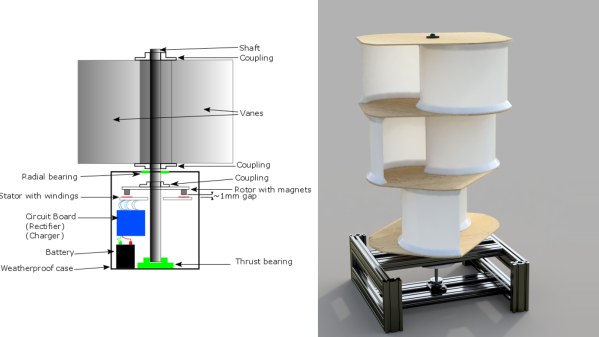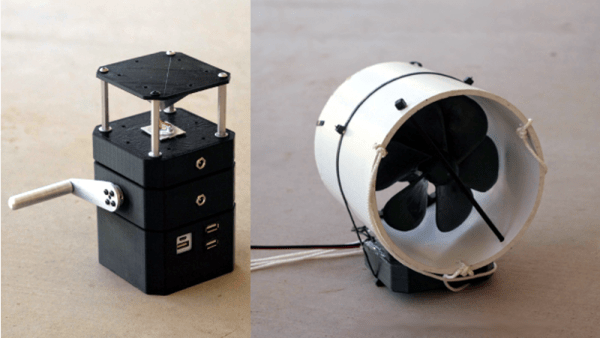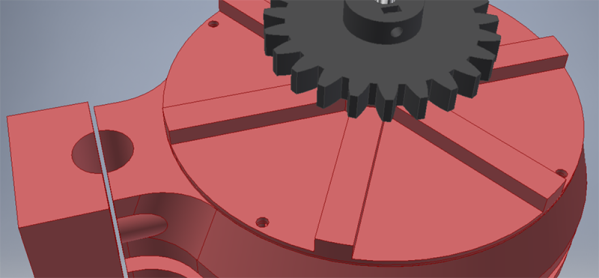As hackers, our goal is to reuse something in a way in which it was not intended and [Rulof Maker] is a master at this. From his idyllic seaside location in Italy, he frequently comes up with brilliant underwater hacks made of, well, junk. This time he’s come up with a wind-powered pump to move air through a hose to a modified scuba mask.
The wind turbine’s blades look professional but you’ll be surprised to see that they’re simply cut from a PVC pipe. And they work great. The air compressor is taken from a car and the base of the wind turbine’s tower started life as a bed frame. As you’ll see in the video below, the whole setup is quite effective. It would have been nice to see him using his leg mounted, beer bottle propulsion system at the same time, but the air hose may not have been long enough to make good use of them.






















